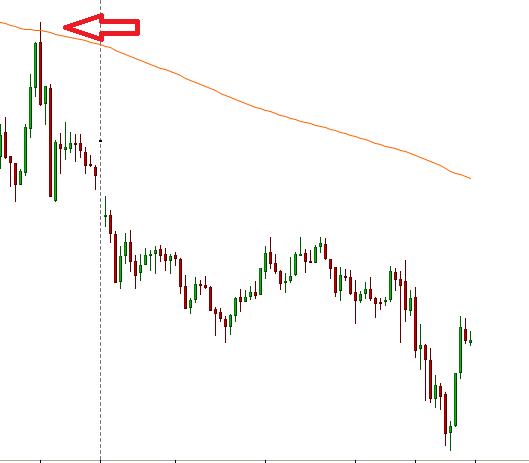
Let’s face it. The market will always do what it wants to do, and move the way it wants to move. Every day is a new challenge, and almost anything from global,local politics, major economic events, to central bank rumors can turn financial market one way or another.
This means that each and every one of us will eventually take a position on the wrong side of a market move.
Being in a losing position is inevitable, but we can control what we do when we’re caught in that situation. You can either cut your loss quickly or you can ride it in hopes of the market moving back in your favor.
Of course, that one time it doesn’t turn your way could blow out your account and end your budding trading career in a flash.
The saying, “Live to trade another day!” should be the motto of every trader because the longer you can survive, the more you can learn, gain experience, and increase your chances of success.
This makes the trade management technique of “stop losses” a crucial skill and tool in a trader’s toolbox.
Having a predetermined point of exiting a losing trade not only provides the benefit of cutting losses so that you may move on to new opportunities, but it also eliminates the anxiety caused by being in a losing trade without a plan.
Less stress is good, right? Of course it is, so let’s move on to different ways to cut ‘em losses quick!
Now before we get into stop loss techniques, we have to go through the first rule of setting stops.
Your stop loss point should be the “invalidation point” of your trading idea.When price hits this point, it should signal to you “It’s time to get out buddy!”
There are four methods you can choose from:
- Percentage stop
- Volatility stop
- Chart stop
- Time stop
Ready? Let’s get started!
The percentage-based stop uses a predetermined portion of the trader’s account, say 2%, that a trader is willing to risk on a trade.
The percentage risk can vary from trader to trader -more aggressive ones risk up to 10% of their account while less aggressive ones usually have less than 2% risk per trade.
Once the percentage risk is determined, the trader uses his position size to compute how far he should set his stop away from his entry.
This is good right?
A trader is putting a stop, which is in accordance with his trading plan.
This is good trading right?
WRONG!!!
You should always set your stop according to the market environment or your system rules, and not how much you want to lose.
We bet you’re thinking right now, “Huh? That doesn’t make any sense. I thought you said that we need to manage risk.”
We agree that this sounds confusing, but let us explain with an example.
One of My Student Raj has a mini account with Capital of Rs 50000 and the minimum size he can trade is 2 Lot or 50 Nifty Futures units. Raj decides to trade NF, as he sees that resistance at 200 EMA has been holding.
As per his risk management rules, Raj will risk no more than 2% of his account per trade, which comes to 1000 Rs per trader or 20 Points on Nifty Futures.
NF moves over 100 points a day during volatile time! He could easily get stopped out at the smallest move of Nifty Futures. Because of the position limits his account is set to, he is basing his stop solely on how much he wants to lose instead of the given market conditions of Nifty Futures.
Let’s see what happens next.
 And bam! Raj got stopped out right at the top, because his stop loss was too tight! And aside from losing this trade, he missed out on a chance to grab over 100 points!
And bam! Raj got stopped out right at the top, because his stop loss was too tight! And aside from losing this trade, he missed out on a chance to grab over 100 points!
From that example, you can see that the danger with using percentage stops is that it forces the trader to set his stop at an arbitrary price level.
Either that stop will be located too close to entry, like in Raj case, or at a price level that doesn’t take technical analysis into account.
For all you know, you could be setting your stop right at that level where the price could turn and head your way (who hasn’t seen that before?). But because you already got stopped out, you wouldn’t be able to bag those points! Darn it!
The solution for Raj is to find a trading strategy that suits his trading style and starting capital.

sir plz give the nifty trade every day /nifty range for day/
Brmesh ji 24 aprail fii datta analises not come ples post it nd give the finel saport of nifty
An eye opener as usual for all of us. Good explanation with a live example.
Very good for small traders
Hi bramesh. I have a doubt like..if we are following stop loss in nifty options. Is there any chance that we can stop the premium price if it hits stop loss. Or is it like if price drops from entey price there is no meaning of stop loss in options rite.beacuse we will loose the premium
Options are never meant for Buying.